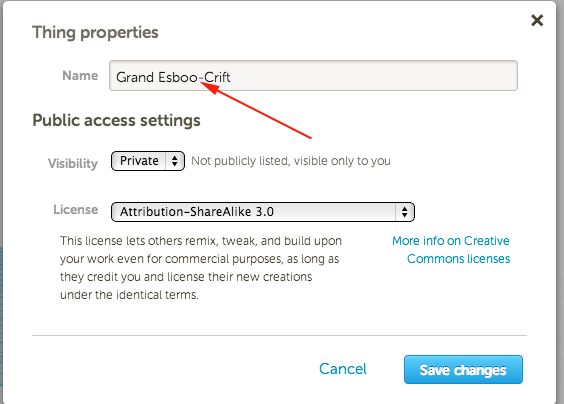
- FORCE RELOAD PAGE FIREFOX OS X UPDATE
- FORCE RELOAD PAGE FIREFOX OS X DOWNLOAD
- FORCE RELOAD PAGE FIREFOX OS X WINDOWS
So check those by viewing different pages in a web browser or using another device to load remote content, say in a social media app. The most likely case why refreshing might not work is the low speed or disconnection from wifi network or broadband. The main reason to refresh - content gets stuck while loading the page or nothing happens when you try to navigate between pages. On your Mac, these are apps like App Store, Music, Podcasts, and TV. This action can be required in a web browser such as Safari or Chrome, but also in other apps that display content hosted on a remote server. When we talk about refresh on Mac, we mean directing the page we’re viewing to reload. One just reloads the page, while the other is known as hard refresh. Now refresh can be divided into two types. And while it’s the kind of thing that you usually do in a web browser, sometimes you also need to refresh in apps like App Store, Mail, and Messages. There are many reasons why you might need to refresh a page on your Mac. But to help you do it all by yourself, we’ve gathered our best ideas and solutions below.
FORCE RELOAD PAGE FIREFOX OS X DOWNLOAD
If you have a flat-panel display, you do not need to worry about the refresh rate.So here's a tip for you: Download CleanMyMac to quickly solve some of the issues mentioned in this article. Lower refresh rates commonly cause strain on the eyes. We recommend anyone using a CRT to use at least a 75 MHz refresh rate. As the refresh rate increases, the image becomes clearer. Refresh is a term that describes renewing the screen contents on a CRT monitor.


FORCE RELOAD PAGE FIREFOX OS X UPDATE
There are some situations where a refresh does not update everything on a web page. What is a "force reload" or "hard refresh"? If you're updating a web page or expecting changes, you should see those changes upon refreshing the page. How do I know if a page is refreshed?Īfter following the steps above, you should notice a flicker or the page re-appearing as if it was loading for the first time. Once seen, release your finger from the screen. At the top, swipe down slowly without releasing your finger from the screen until a refresh icon appears or the screen changes. While in the app or browser, scroll to the top of the page by swiping your finger down. Versions of Chrome with a "+" (new tab) and "x" (close tab) next to refresh are accessed by moving your finger to the left or right. Then release your finger from the screen to refresh the page. Once at the top, swipe down slowly without releasing your finger from the screen when you see a refresh option. While in the browser, scroll to the top of the page by swiping your finger down. Tap the refresh symbol ( ) on the right side of the address bar. Scroll up until the address bar is visible.


To refresh the page on a smartphone (e.g., Apple iPhone or an Android), cell phone, or tablet, follow the steps below for your phone operating system and browser. It looks like a circular arrow, similar to the icon in an Internet browser. There's also a dedicated refresh button on the top row of keys on every Chromebook. On a Chromebook, pressing the shortcut key Ctrl+ R refreshes the page you are currently viewing. On a Mac, pressing Command+ R refreshes the page you are currently viewing.
FORCE RELOAD PAGE FIREFOX OS X WINDOWS
Pressing the F5 function key can act as a keyboard shortcut to refresh the Windows desktop screen.


 0 kommentar(er)
0 kommentar(er)
